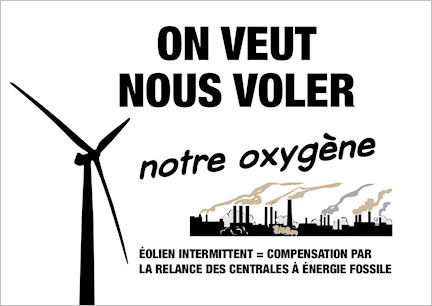Ground Water Pollution
Scotland’s environmental watchdog has probed many incidents involving turbines in the last six years, including diesel spills, dirty rivers, blocked drains and excessive noise.
Alarmingly, they also include the contamination of drinking water and the indiscriminate dumping of waste, with warning notices issued to a handful of energy giants.
“This should serve as a wake-up call that wind energy is not as clean or green.”
Now campaigners in Scotland are calling for a full, independent investigation into allegations that wind farms are contaminating water supplies.
The problem first came to light when residents living near a wind farm began to suffer from diarrhoea and severe vomiting. With no solution a retired doctor, Dr Rachel Connor, started looking at the council’s water testing results.
She found that for three years high readings of E.coli and other coliform bacteria had been recorded and also the chemical trihalomethane (THM), linked to various cancers, still births and miscarriages, were way beyond safe limits.
“That was bad enough but I am far more concerned about the presence of THMs in the public supply."
“We are drinking the stuff now but all the medical advice is that the effects may not be seen for 10 or 20 years."
She added: “I would expect this likely contamination of drinking water must be happening all over Scotland. If there is not an actual cover-up, then there is probably complacency to the point of negligence by developers and statutory authorities.”
THMs are formed when chlorine, which is added to the water supply, react with organic particles in the water. The construction of wind farms tends to involve the disturbance of vast areas of earth which dumps huge quantities of carbon into water sources.
The wind farm managers, denied causing the pollution but admitted that they hadn’t warned residents that their water supplies was sometimes grossly contaminated.
In a seperate incident elevated levels of the banned insecticide Dieldrin was found in samples from a drinking water. The insecticide was traced back to a wind farm. Chemical and diesel spills from wind farms are polluting the earth around them and also having a devastating effect on water supplies.
Wind Turbine Foundations
Cement is one of the worst elements created by man as regards carbon footprint and yet we are told by government and developers how green wind farms are. Wind turbine foundations will never be removed but simply covered over at the end of the wind farms life. The damage to the eco system, water run off and the natural soil/ecosystem that it displaces will remain for many, many generations. Modern techniques can reduce the half lifes of nuclear elements which can then be disposed of. These concrete bases are simply too expensive and too difficult to remove. Multiply this by the many thousand already installed and by the tens of thousands needed to meet the EU Climate Change targets and we see the truth that wind energy is neither green nor friendly.
France’s countryside faces being littered with the concrete bases of wind farms that can not be dismantled at the end of their operational lives. Although the structures will be covered up with topsoil several European reports are warning they will be susceptible to “oxidising and subsequent ground contamination” for many generations that will lead to “adverse” effects on the landscape. The oldest bases (in Germany) that were built to be re-used are already displaying major cracks caused by the weight and movement of the turbine. They are too damaged to be re-used.
To say that the landscape scarred by industrial wind farms will one day be returned to its original beauty is simply a lie.






